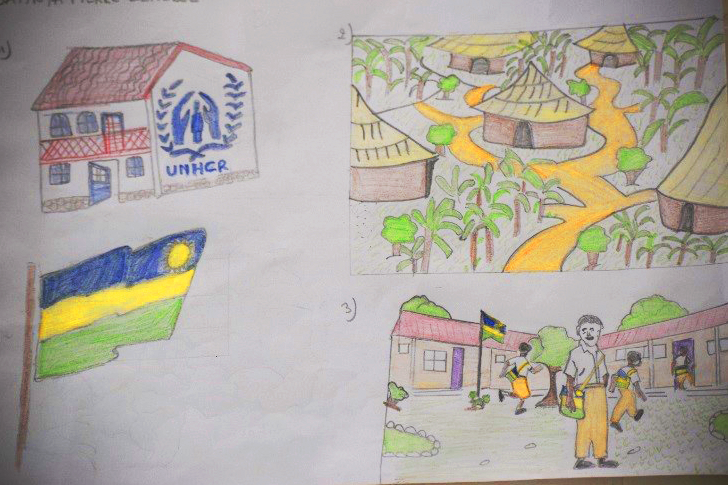When working with refugee children, RefugePoint Child Protection Experts aim to make essential processes, that may otherwise seem mundane, engaging and fun. (Learn more about the work of Child Protection Experts here).
One such activity, a Participatory Assessment, is conducted to assess living conditions, consider how services are being delivered, and to identify dangers and risks that a child may be facing. It is particularly important to involve children directly, acknowledging their rights and giving voice to those who are “less visible” to ensure that their reality is incorporated into plans for lasting change.
Our Child Protection Expert in Huye, Rwanda recently invited 30 children between the ages of 13 to 17 to join a Participatory Assessment activity, using photography, painting, and drawing. Participants responded to prompts such as, “How do I get support from the community (refugee/host)?” Children from two refugee camps (Kigeme and Mugombwa) were joined by urban children from Huye to engage in the activities.
The exercise included a two-day preparation workshop where the children learned how to use cameras and how to work with colors and paints, inspiring them to create their own artwork. At the end of the exercise, the children presented their photographs, paintings, and drawings to the group. The Expert facilitated a discussion, allowing for reflection and a deeper understanding of each other’s life stories.
Describing the activity, the Child Protection Expert said: “During one of the activities, which was called ‘Walking in the shoes of…’ we engaged in activities that refugee children do on a daily basis – like walking to and from school, which can be quite a distance in some locations. The children also told us about specific problems that they face. For children who live alone, some told us that they struggle to manage housework and school at the same time, especially the girls who are expected to tend to all household chores.”
(See below examples of the children’s artwork)
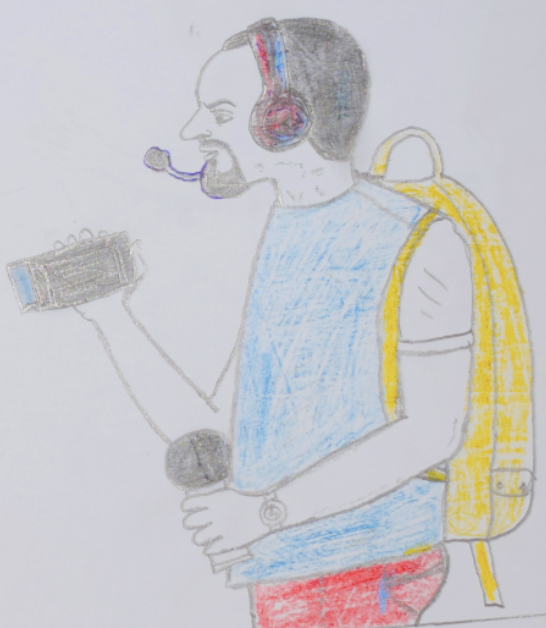
This drawing, created by a child in Mugombwa camp, portrays what he hopes to be one day – a journalist. The boy said that he is working hard in school to ensure that he can attend a journalism school.
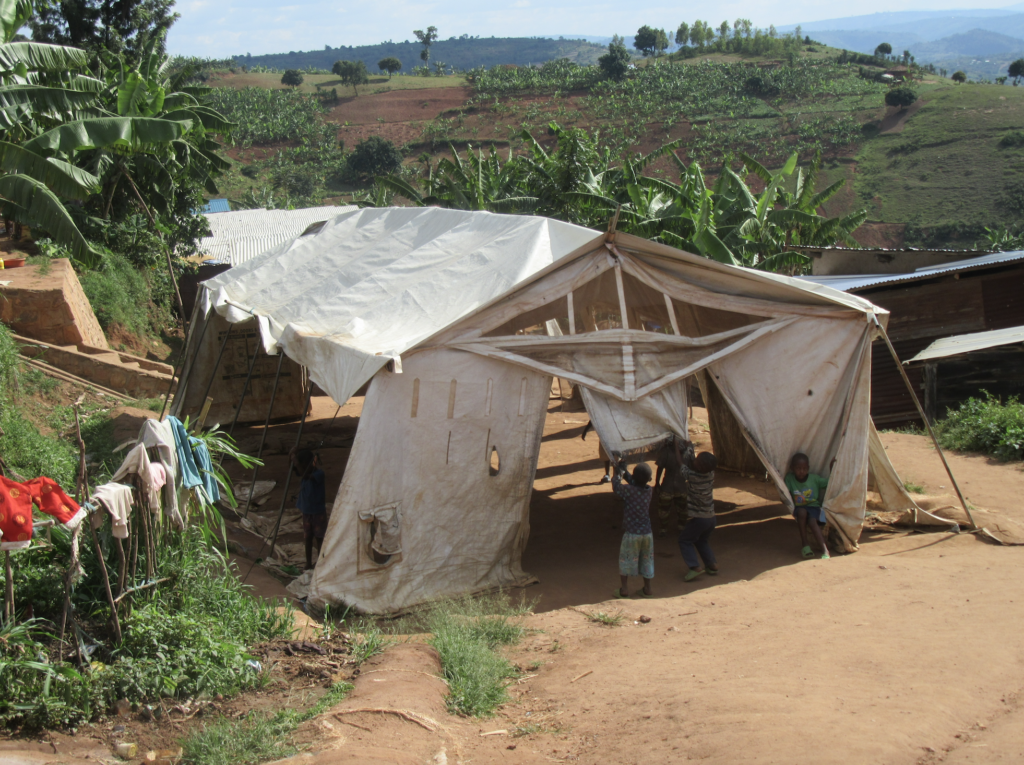
This photo, taken by a child in Mugombwa camp, shows the state of one of the Child-Friendly-Spaces (CFS) in the quarters. The child wants the CFS to be rehabilitated. This is the state of many CFS’s in both Kigeme and Mugombwa camps, which negatively affects the quality of services that the children are able to receive in the centers.
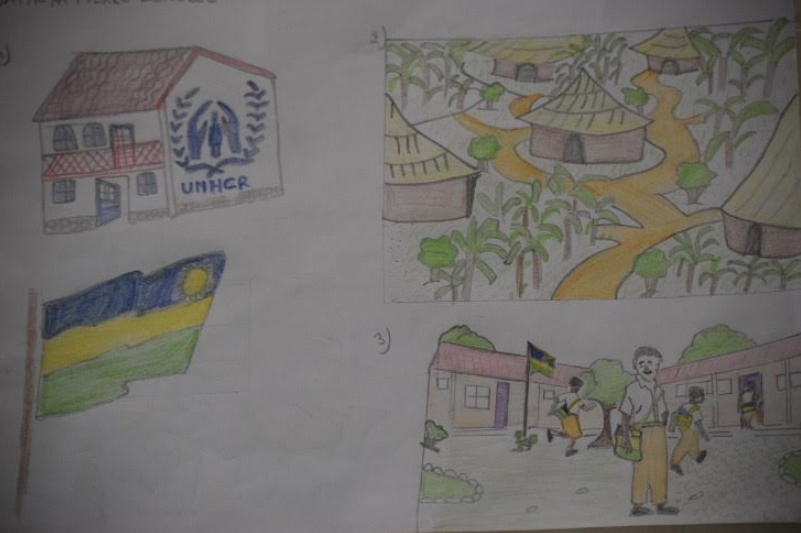
In this drawing, created by a child in Mugombwa camp, he has drawn things that he likes, including his school, his neighborhood within the camp, the flag of Rwanda, and a UNHCR building. He said that he felt happy about his integration into the Rwandan host community, both at home and at school.
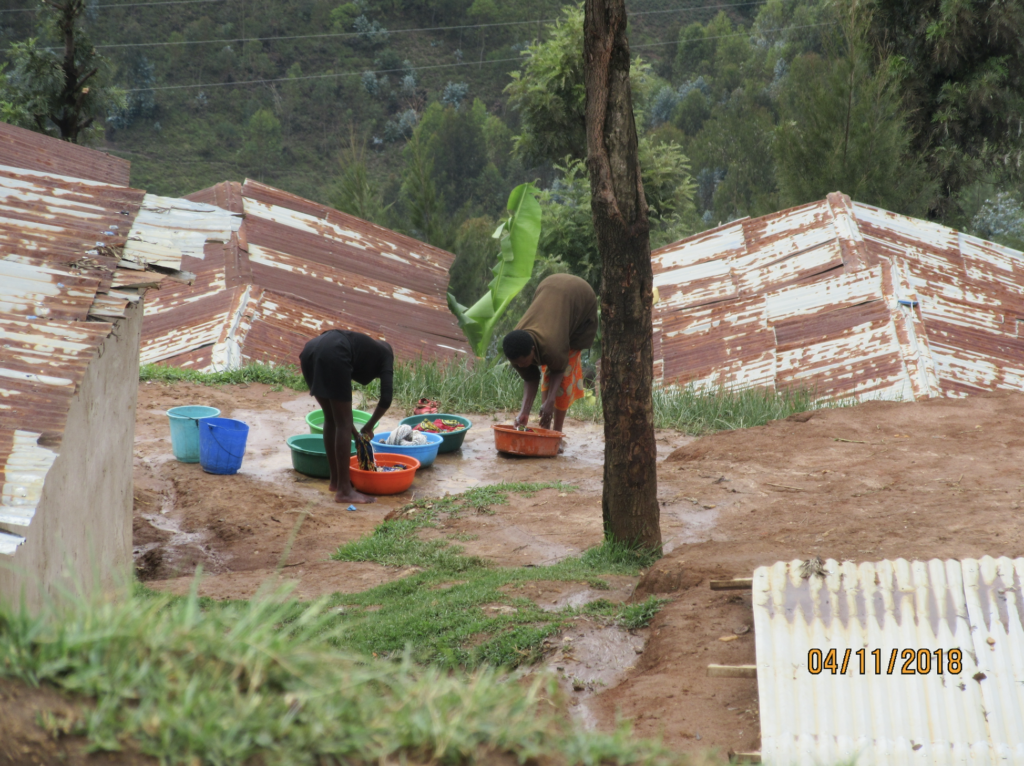
This photo, taken by a child in Mugombwa camp, portrays what she does not like – washing clothes. She said that before and after school, most girls are expected to do all of the household work, which negatively affects school performance.
